The Automotive Camera Market is characterized by rapid technological advancements and increasing demand for safety and convenience features in vehicles. As automobiles evolve into highly sophisticated machines, the integration of advanced driver assistance systems (ADAS) has propelled the necessity for automotive cameras that facilitate features such as lane departure warning, collision avoidance, and parking assistance.
Competitive insights reveal that major players are focusing on innovation and strategic partnerships to enhance product offerings and maintain market leadership. Companies are investing in research and development to introduce state-of-the-art camera technologies that provide superior image quality, reliability, and adaptability to various weather conditions.
The competition is also heightened by the expansion of electric vehicles and autonomous driving technologies, driving the need for enhanced camera solutions that can support advanced navigation and on-road safety measures. This dynamic environment necessitates continuous evaluation of competitive strategies, consumer preferences, and regulatory measures that influence growth in the market.
Bosch has established a strong presence in the Automotive Camera Market, recognized for its commitment to innovation and quality. The company's strengths lie in its extensive product portfolio, which includes a variety of cameras designed to support multiple applications within the automotive sector.
Bosch's focus on integrating advanced sensing technologies allows it to deliver superior performance and enhance vehicle safety systems effectively. Moreover, Bosch has cultivated long-standing relationships with automotive manufacturers, providing tailored solutions that meet specific customer needs.
The company's investment in research and development ensures that it remains at the forefront of technological advancements, thereby enhancing its competitive edge in the market. Its dedication to developing reliable and efficient automotive camera systems positions Bosch as a formidable player in the ever-evolving landscape of the automotive industry.
Mobileye has emerged as a key player in the Automotive Camera Market, leveraging its expertise in vision-based advanced driver assistance systems. The company's innovative camera solutions are characterized by their ability to process real-time imaging data, enabling features such as pedestrian detection, advanced automatic braking, and lane-keeping assistance.
Mobileye's unique algorithms and software capabilities enhance the functionality of automotive cameras, offering manufacturers comprehensive systems that meet safety and regulatory standards. Additionally, Mobileye's collaboration with numerous automotive manufacturers has allowed it to integrate its technology into a wide range of vehicles, significantly expanding its market reach.
The company's emphasis on continuous improvement and adapting to evolving safety regulations affirms its position as a leader in the automotive camera landscape, riding the wave of increasing consumer demand for smarter and safer driving experiences.
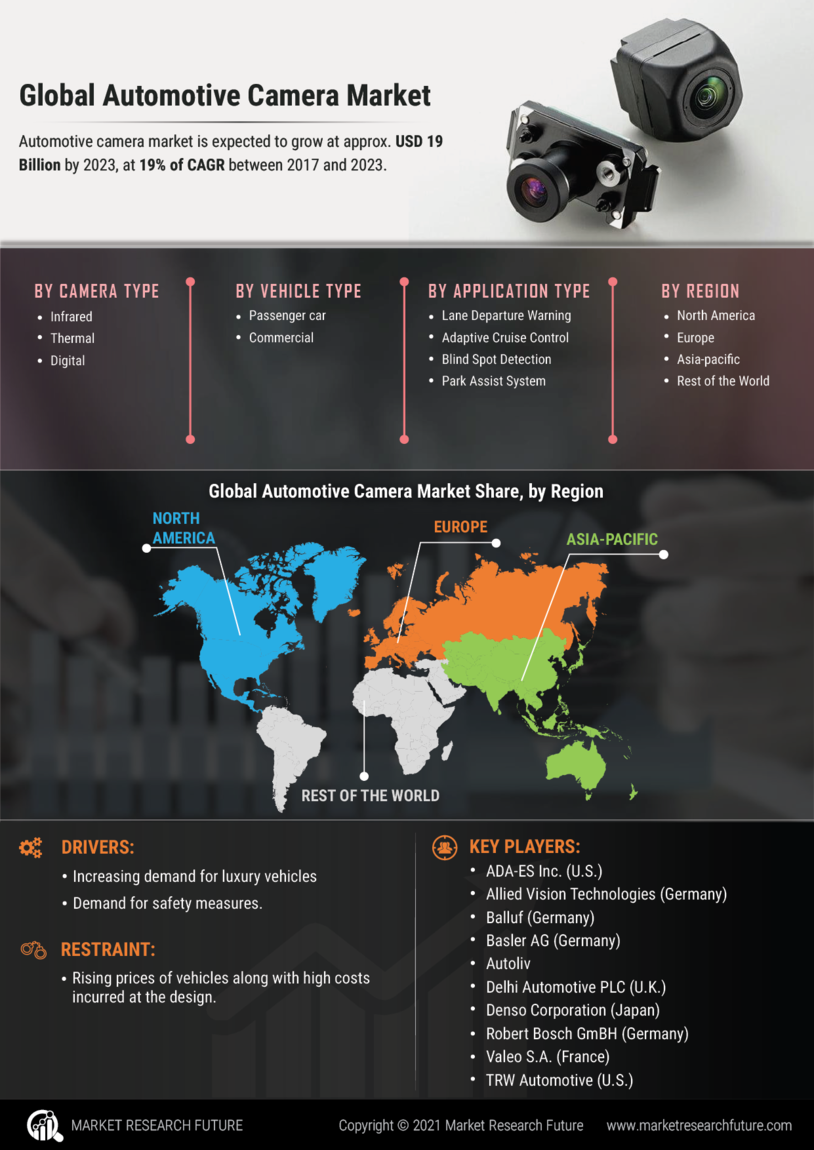

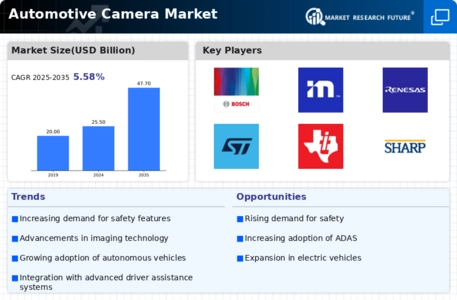
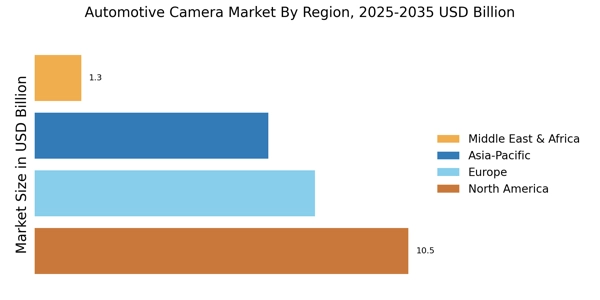

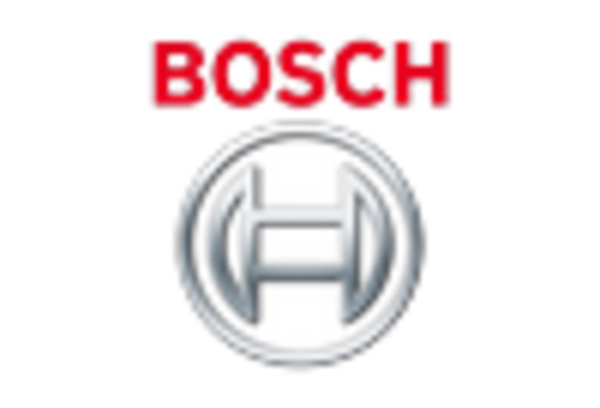

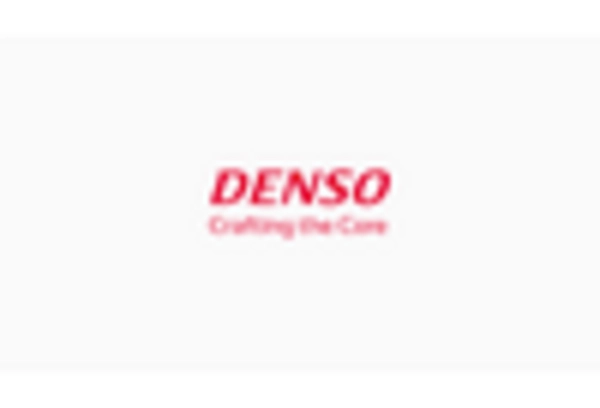
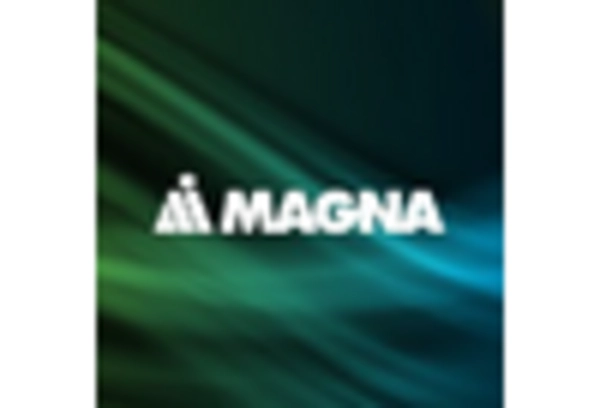
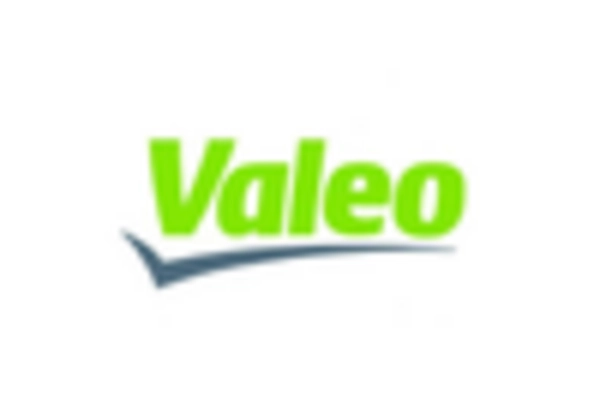








Leave a Comment